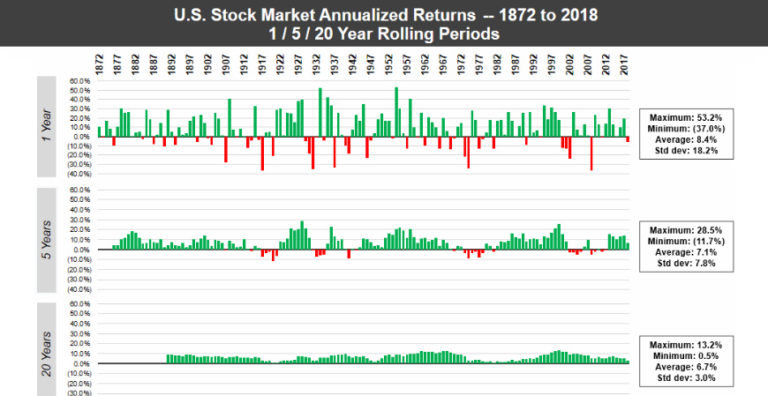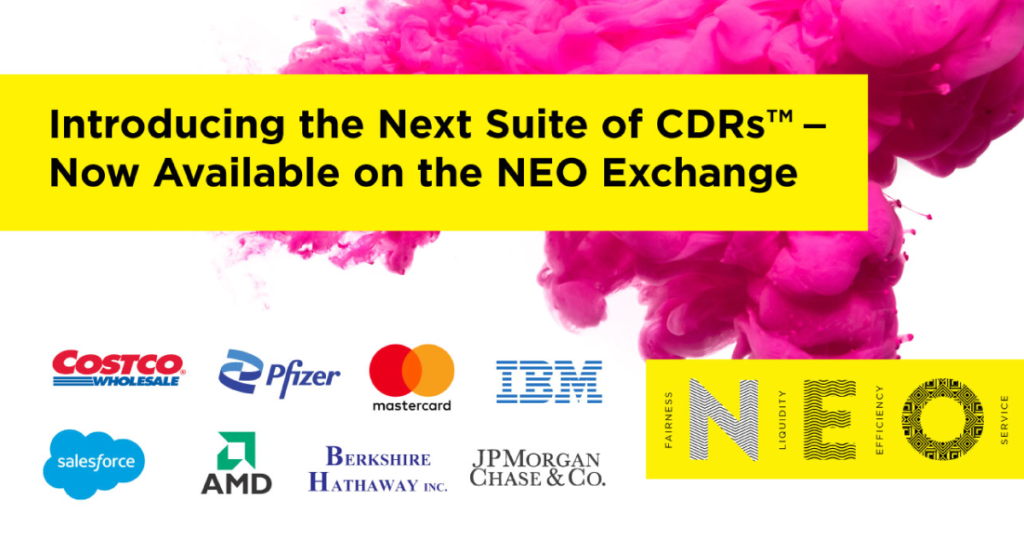Real-return bonds pay a return adjusted for inflation. But when you buy a real-return bond, you are only protecting yourself against unanticipated rises in inflation.
Real-return bonds pay you a rate of return that’s adjusted for inflation, but that’s not always as promising as it seems.
When a real-return bond is issued, the level of the consumer price index (CPI) on that date is applied to the bond. After that, both the principal and interest payments are typically adjusted every six months, upwards or downwards from that base level, to compensate for a rise or fall in the CPI.
Look at this theoretical example to understand how a real-return bond works
The Bank of Canada issues $400 million of 30-year bonds maturing on December 1, 2049. The bonds have a coupon, or interest rate, of 2%.
If after six months from the date of issue, the new CPI level is, say, 1% above the level of the CPI on the issue date, then each $1,000 of bond principal is adjusted to $1,010 of bond principal ($1,000 x 1.01). The semi-annual interest payment is then $10.10 ($1,010 x 2% / 2).
If after 12 months, the level is 2% higher, then the bond principal is adjusted to $1,020 ($1,000 x 1.02), and the interest payment rises to $10.20 ($1,020 x 2% / 2).
Consider these three important factors to realize benefits with real-return bonds
- The price you pay for real-return bonds reflects the anticipated rate of inflation. In other words, if investors feel that inflation will rise 2% over the long term, the price of the bond will reflect that future inflation increase and its effect on the bond’s principal and interest payments. So, when you buy a real-return bond, you are only protecting yourself against unanticipated rises in inflation.
- When the inflation rate falls over a six-month period, the principal and interest payments of a real-return bond fall. In times of deflation, the inflation rate turns negative. In a prolonged period of deflation, the principal of a real-return bond could fall below the purchase price. Interest payments would fall, as well.
- As with regular bonds, holders of real-return bonds must pay tax on interest payments at the same rate as ordinary income. That income gets taxed at the investor’s marginal rate. In addition, holders of real-return bonds must also report the amount by which the inflation-adjusted principal rises each year, as interest income, even though you won’t receive that amount until the bond matures. That amount is added to the bond’s adjusted cost base.
If the CPI level falls, that reduces the inflation-adjusted principal. You deduct the amount of that reduction from your taxable interest income that year, and also subtract it from the adjusted cost base.
Download this free report to learn more about how to profit from stock investing.
Find out how real-return bonds compare to regular bonds and if they make better additions to your portfolio
In simple terms, a bond is a form of lending whereby you lend money to a corporation or government. In return, a bond pays a fixed rate of interest during its life. Eventually, a bond matures, and holders get the bond’s face value—but nothing more. Receiving the fixed interest and face value at maturity is the best that can happen. Note, though, that in some cases, corporate bonds can go into default. As well, inflation can devastate the purchasing power of bonds and other fixed-return investments.
Furthermore, bonds also generate more commission fees and income for your broker, compared to stocks, especially if you buy them via bond funds and other investment products. Continue Reading…














